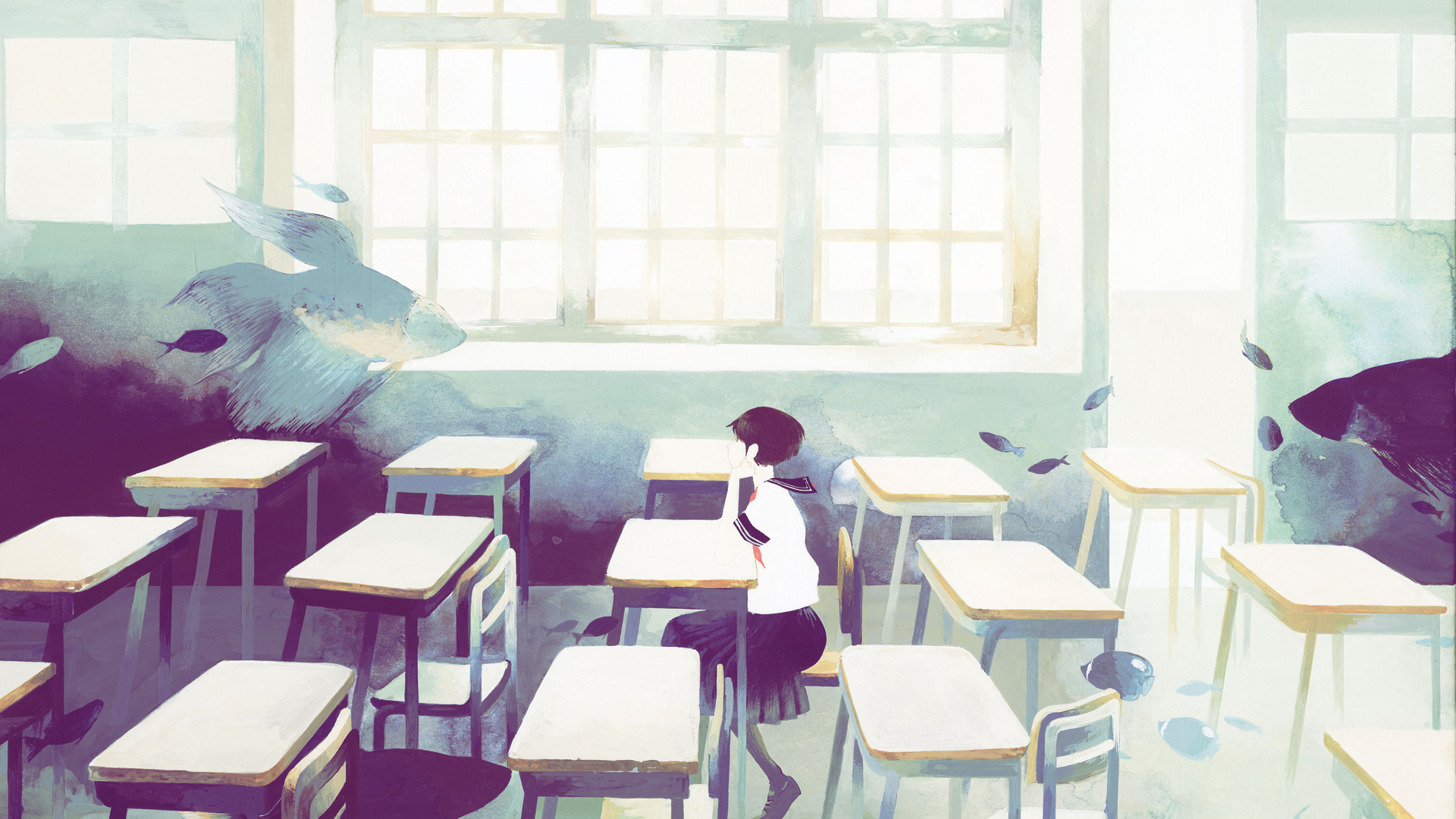 Education is an odd bird: we all know it could be better, while at the same time it is the best it has ever been in human history. For the last two centuries the world went through a great expansion in learning: our literacy rate skyrocketed from 12% to 88% worldwide, and Primary, Secondary and Tertiary education have all seen drastic growth (in schools and students), breaking records on almost a yearly basis.
Education is an odd bird: we all know it could be better, while at the same time it is the best it has ever been in human history. For the last two centuries the world went through a great expansion in learning: our literacy rate skyrocketed from 12% to 88% worldwide, and Primary, Secondary and Tertiary education have all seen drastic growth (in schools and students), breaking records on almost a yearly basis.
Our educative curriculum has also evolved, embracing our continuous growing understanding of the world — and the recent boom of the internet has brought self-education to the masses in new and exciting ways, turning websites like Khan Academy, TED, Wikipedia & Youtube into some of the biggest free knowledge hubs in the planet. Imperfections aside, we owe a lot of who we are to this faulty system, and its growth in reach has been phenomenal.
How we teach, however, has yet to change:
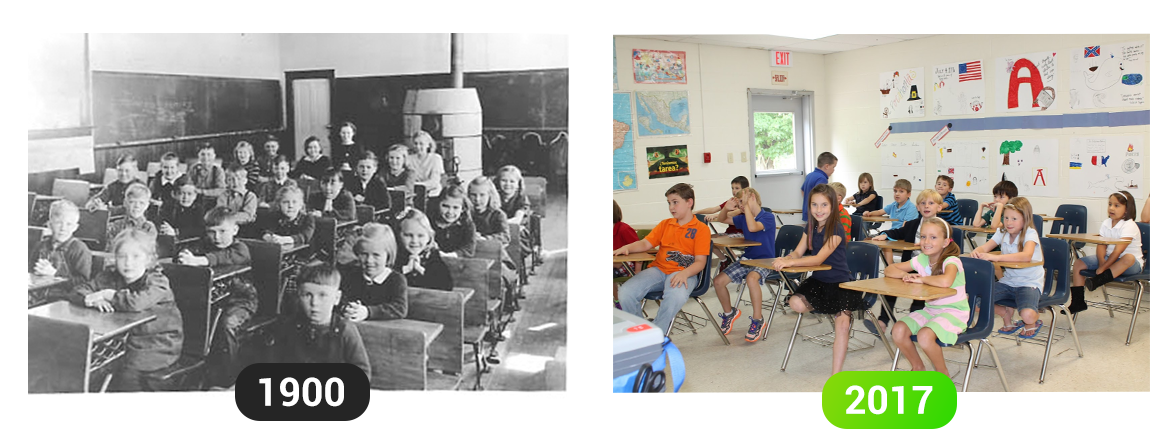
Contemporary learning is still very much archaic. We group students arbitrarily around age, have them go to a physical building 5 times a week to listen to adults speak for about 6 hours, and just kind of hope that all involved parties are qualified enough to keep students engaged and predictably moving through a static educational curriculum.
It works to an extent, but it is not pleasant for anyone — teachers have a lot on their plate, from lesson and assignment planning, to teaching, grading and the expectation of giving hundreds of students individualized attention. On the student side, they are forced to adhere to strict timelines and live under the rule of fear instead of curiosity, with the constant fear of failure looming as they’re assigned labels ranging from A to F at the end of each term.

Today’s educational system is static, generalized and puts less focus on individual self-development than it perhaps should. To make matters worse, students often don’t understand why they are learning the things that they’re learning, which makes certain classes feel arbitrary and purposeless in the face of their personal ambitions (and has a number of neurological implications we’ll soon discuss).
With that being said, what could be done to fix these issues and take education to a new level? What could make education more exciting, fun and practical? I believe it comes down to three simple ideas (that aren’t new by any means) which can finally be fully explored with smart use of technology.
These keys are personalized learning, experiential learning and mastery-based learning. In this article, we’re going to explore these ideas as well as a possible path for education in the future, mixing Artificial Intelligence, Immersive Technologies and several new design paradigms that could change education forever.
The Dream — Part 1: Personalized Learning
‘Personalized Learning’ refers to a diverse variety of programs, learning experiences, instructional approaches, and strategies that address the distinct learning preferences, interests, aspirations, weaknesses, or cultural backgrounds of individual students. The result of this is an educational experience that’s more fitting to you as an individual and maximizes what you can get out of each class.
 Fully personalized experiences are almost a standard in the tech world today — but not in education
Fully personalized experiences are almost a standard in the tech world today — but not in education
This approach makes intuitive sense, and there has been a rising pool of scientific evidence backing these ideas up every year. A new report commissioned by the Bill & Melinda Gates Foundation has found that students in schools using personalized learning strategies made greater academic progress. Additionally, countless neuroscience studies have shown the how personalized experiences positively affect how the brain receives information, providing some relevant ideas about how learning works to the synapse-level.
A student must care about new information or consider it important for it to be stored as a long-term memory. Memories with personal meaning are most likely to become relational and long-term memories available for later retrieval.” — Dr. Judy Will, Neurologist & Educator.
This is a powerful concept, and it shows that for students to learn anything they need to be convinced that the information being shown is important. To properly teach, you must first inspire, and personalized learning is as much about knowing how to teach an individual as it is about how to convince them that the information is worth knowing — and this is hard. Different students respond differently to distinct motivations, but this is why the most popular teachers tend to be inspirational: they don’t just throw information at students for them to process, but they also inspire and awake their class’s interest and curiosity — once a student finds a subject cool, everything changes for their brain.
 Teach with a focus on how the brain functions, and the result is an education that works instinctively
Teach with a focus on how the brain functions, and the result is an education that works instinctively
So if personalized education is so important, why do we barely see it in schools? In today’s system, giving students true individualized attention would require dozens if not hundreds of specialized hires per institution— and even if we did have all those people available, we still lack the proper methods to gather and process personal student data in large scales to create actionable results. Despite these challenges, some schools are still finding ways to explore these concepts to a degree, but the true potential of personalized education remains largely unfulfilled.
Full personalized learning also requires a fluid, flexible and non-linear educational curriculum to be fully idealized — this is the only way you can embrace student’s differences and create distinct learn paths for each one — unfortunately, this just happens to be the antithesis of today’s rigid solutions.
Thankfully, new developments in design & technology have been generating promising new paths for personalized learning — but before we get to that, let’s talk about another key: mastery-based learning.
The Dream — Part 2: Mastery-based Learning
Mastery-based learning is based around a very simple idea: when dealing with cumulative subjects (like Math, where past knowledge is essential to understanding what’s next) a student should only move forward with the subject once they’ve mastered all concepts that precede it.
 1–1 Mastery-Based learning was actually the standard for a long time — in a Master-Disciple relationship, students would spend years learning until they were ready to create a Master Work, only then to be elevated to the rank of journeymen
1–1 Mastery-Based learning was actually the standard for a long time — in a Master-Disciple relationship, students would spend years learning until they were ready to create a Master Work, only then to be elevated to the rank of journeymen
You would think this is how today’s education works, but it’s not. Students don’t require an A to pass a class, but rather a C — so if you know about 70% of a subject, you’re allowed to move forward — general knowledge, not mastery.
This might not seem bad at first, but it is. Grading is not a reliable metric for knowledge the way it’s handled today. There’s a distinct difference between actually understanding a subject and simply learning how to get through a series of tests (be it through memorizing formulas or copying another student’s work), which is what an alarming amount of students tend to do. Because of this unreliability, grades end up failing at their sole goal of giving students and schools the performance feedback they need, effectively making student’s needs invisible and unattended by the system they’re working around.
 Knowledge is a tree, and all subjects are interconnected
Knowledge is a tree, and all subjects are interconnected
The situation becomes more dire once you realize how essential mastery is for a proper education: if you fail to fully dominate fundamental concepts as a kid, things will seem inevitably harder to understand as you progress throughout the years and accumulate knowledge gaps. Cumulative subjects build on top of themselves, so if you don’t fully understand fractions, there’s no way you can learn geometry properly, and if you don’t understand Algebra, you can’t ever gain deep knowledge of Calculus. These correlations also branch off into different subjects as well — Physics assumes mastery in branches of Mathematics to be fully understood, and high-school Biology assumes basic understanding of Chemistry.
You can go as far to say that all knowledge is interconnected and cumulative in the grand scheme of things, which makes the consequences of said gaps even more unpredictable — they stealthily cascade difficulties into a number of subjects without making themselves known, leaving students disoriented, lacking confidence and with the false belief that they’re incapable of learning certain topics because of an innate ability to do so.
This is why so many people claim to be “bad at math” — it is not because they lack math genes, but because they rushed through the earlier stages of math without fully understanding them. It is no wonder certain subjects can become so incomprehensible through the years — lack of understanding leads to lack of intuition, and lack of intuition leads to subjects seeming non-nonsensically arbitrary. The only way to survive the semester becomes memorization or doing what your teacher wants you to do, not learning what it all means. This is why there’s a high likelihood you know that pi is 3.14 — but you don’t know what pi actually represents.
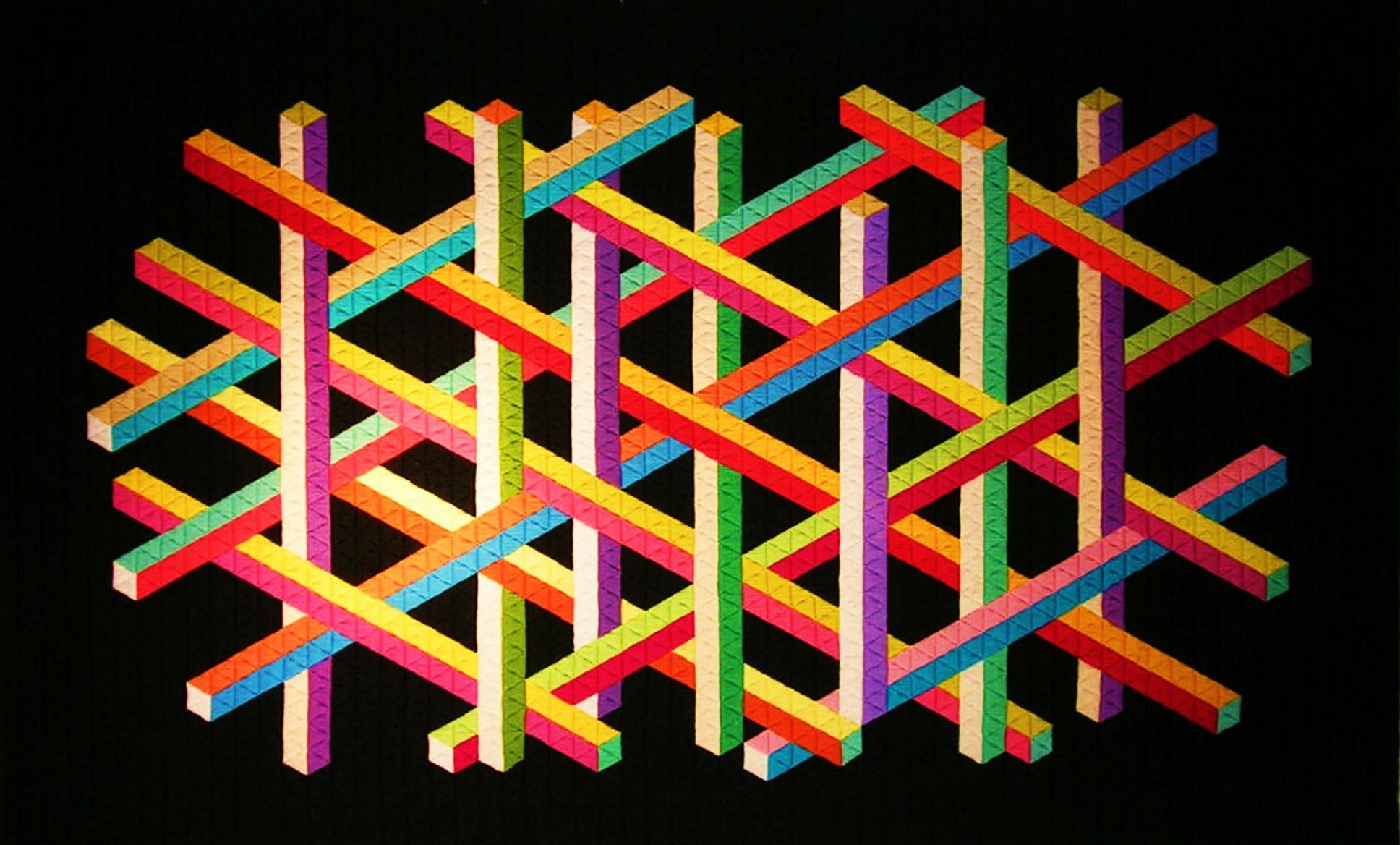 Although it’s not taught as such, Mathematics can be a highly visual topic
Although it’s not taught as such, Mathematics can be a highly visual topic
“People are not ‘bad at math’ because they lack Math genes — it’s because they rush through the curriculum and never master the fundamentals. At one point, the subject feels impossibly arbitrary.”
Mastery-based learning can fix all of those issues — through a deeply personal and individualized approach (intersecting with what we talked about regarding personalized learning), students can move quickly through the subjects they’re better at, and dedicate the required time wherever they face complications. Ultimately, you’re only allowed to move forward when you truly master a subject, without feeling humiliated for taking your time. The end result is actual knowledge that can spread interconnect with other subjects in a number of unexpected ways, both creatively and intellectually — much more than a grade for a transcript.
The reasons we don’t do it today are similar to what we touched on before — implementing this widespread would require a lot of monetary and financial resources to pull off realistically — and it’s hard to imagine ways to measure knowledge without grades, tests and all the systems we’ve grown so used to, as faulty as they may be.
However, there are new ways to achieve this — but before we get to it, let’s talk about experiential learning.
The Dream — Part 3: Experiential Learning
You’ve probably heard about the wonders of “Learning by doing” from someone in your life— and they wouldn’t be wrong. Learning through hands-on experience is vastly different than just passively listening to a lecture, and your brain loves it.
This is formally known as experiential learning — the process of learning through experience or “learning through reflection on doing”. In scientific research and in the classroom, it has demonstrably been shown to be one the most effective forms of meaningfully retaining information — experiential learning engages most of the senses, builds social-emotional skills, creates a context for memorization, expands critical thinking and is unquestionably more relevant to real life applications of what’s being studied.
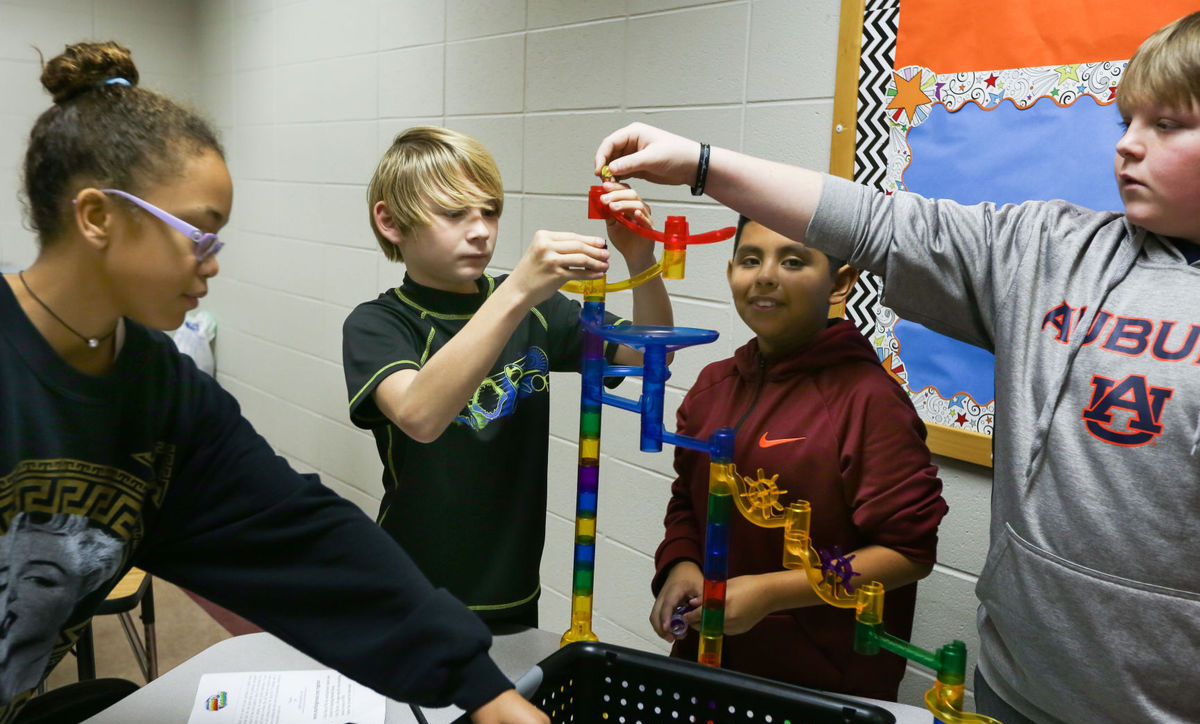 Teamwork makes the dream work! It also continuously puts theory into practice, creating a symbiotic relationship between the two
Teamwork makes the dream work! It also continuously puts theory into practice, creating a symbiotic relationship between the two
Experience-based learning also encourages experimentation, embraces curiosity and (perhaps most importantly) turns mistakes into a natural part of the learning process, rather than grounds for punishment of students. It’s no wonder it’s such a powerful form of learning —it’s how we’ve been learning things since primordial times.
Our current system understands this to an extent, as experiential learning isn’t completely absent from schools — you’ve probably had an art or science class that was very much hands on, and there’s one type of experiential task that teachers love but students hate: homework.
Teachers assign homework because it works when students actually do it. To complete these assignments, one has to think about what they’re doing, perform the task at hand and reflect through the entire process. But from a user-experience standpoint, homework tends to be uninspiring — it doesn’t play with most of the senses, its format is predictable, it usually isolates students and it isn’t exactly exciting to complete. So why aren’t we trying to do things differently?
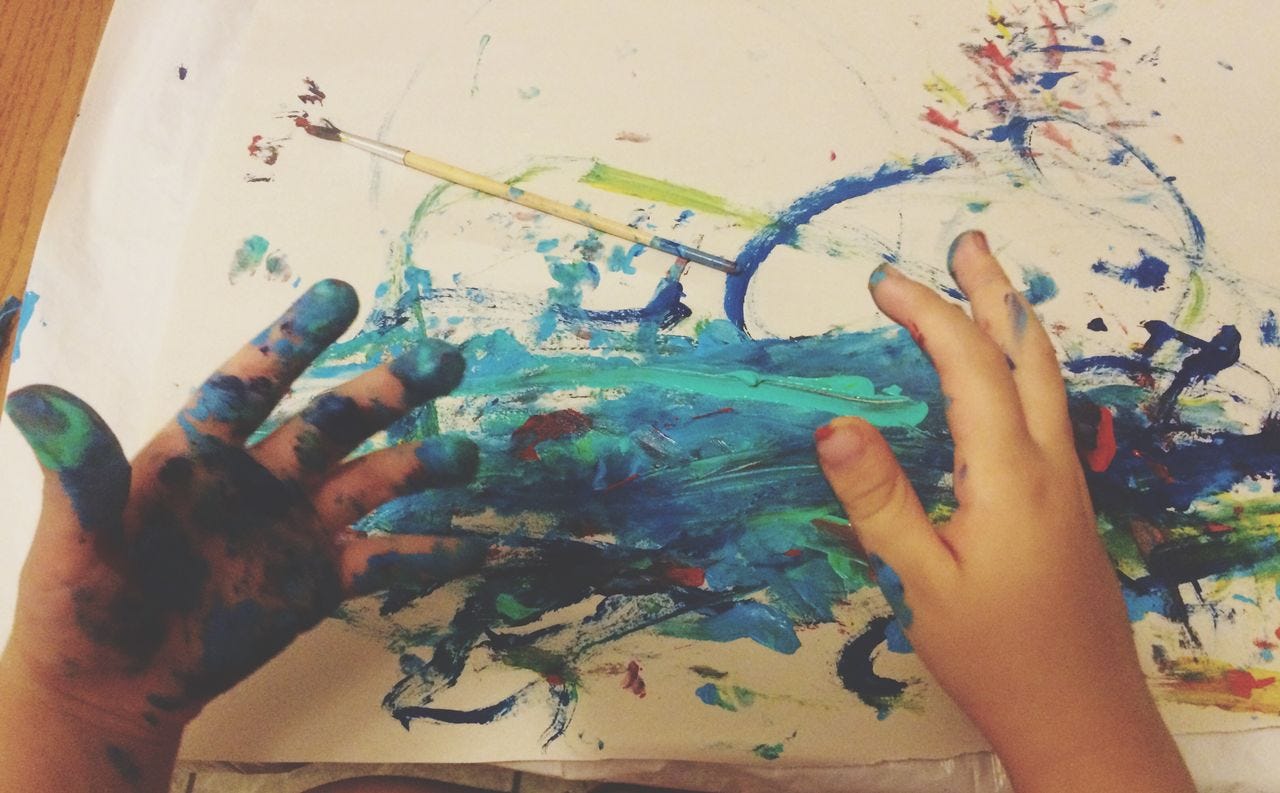 Experiential learning is full of mistakes — and that’s part of the fun
Experiential learning is full of mistakes — and that’s part of the fun
Putting it simply: it’s hard. Conceptualizing new ways to teach subjects like math, biology and history experientially is a huge design challenge, even more so when you’re trying to do it without breaking the bank. After all, we’ve taught Biology using books and a blackboard for as long as anyone can remember, so how would we go about engaging all senses, making learning active and social, keeping the cost low and achieving all learning goals?
Now that we’ve defined the problem, the questions and our utopian destination for education, let’s talk about the future — and what some exciting new technologies can bring change education forever.
The Dawn of Immersive Education
Technology has continuously revolutionized modern society for the past two centuries, and it shows no signs of stopping — if anything, it’s speeding up. How we work, learn, play and connect with each other is redefined almost every decade, and much of it has to do with the advent of new computing platforms: first with personal computers, then smartphones — and now with Immersive Technologies.
What do I mean by Immersive Technologies? Virtual Reality headsets, Augmented Reality glasses and everything in between — if you’re new to these concepts, hop over to this article real quick, because they’ll be a big deal moving forward.
 Get ready to start wearing computers... on your face!
Get ready to start wearing computers... on your face!
There’s no doubt in my mind that immersive tech is the world’s next big computing platform — it does things modern computers can’t do and completely redefines our relationship with information, much like the revolutionary platforms that preceded it. Suddenly you can physically interact with the digital world (with your actual hands) and have it live all around you instead within the confines of a screen — and while we’re still in its early days, much of the promise it holds can already be seen today.
When it first appeared, Immersive Tech was thought of as a gaming-centric medium, but ever since its mainstream introduction with the Oculus Rift, creators begged to disagree. Today we have a variety of VR applications focused around productivity, art, data visualization and much more. Similar immersive technologies like Augmented/Mixed Reality have also been on the rise, giving us new mind-bending ways to display and interact with information in our real world like it’s actually there.
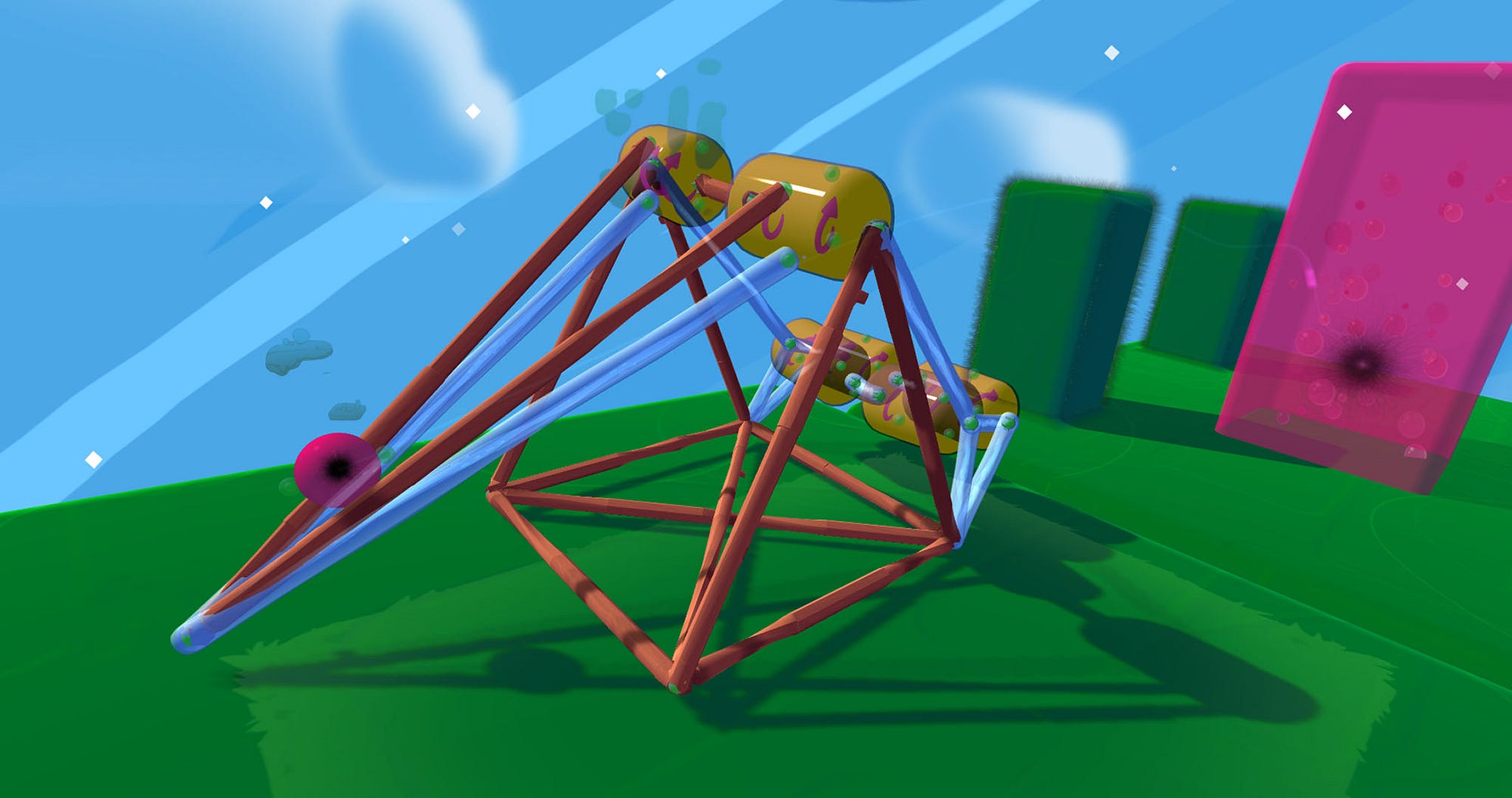
The Microsoft HoloLens is a great example of this —now a two year old device, it’s still one of the most impressive pieces of technology existing today. Not only it can create holograms that look and feel real, the HoloLens understands your environment — it knows where your furniture is, your walls, and everything else, and uses that information to seamlessly blend digital and physical worlds into your perception of reality.
Couple that with all the other advancements the technology is having with hand-tracking, haptics and deep learning and you can see that it’s only a matter of years before we’re touching holograms in our own home with devices more reminiscent of glasses instead of silly looking headsets. This is huge. Immersive technologies are inherently experiential, built from the ground up to convince humans that what they see is real — at the same time, immersive content is not bound by the laws of physics, meaning that creators can orchestrate ‘impossible experiences’ at relatively low costs — be it taking the viewer to the moon, to a beach in California, or a castle 500 years in the past, all costs about the same to create. For education, this could be everything.
“Immersive content is not bound by the laws of physics — educators can create ‘impossible’ experiences that engage students in all-new ways.”
Biology, for instance it is usually taught through textbooks, slides and drawings. But some start ups like The Body VR are taking an immersive approach to education, letting you travel the human body in person and actively interact with it instead of just looking through images on a book.

Along similar lines is the start up Medivis, which is redefining anatomy learning. Usually medical students are forced to learn human anatomy through several illustrations, having to desperately combine all the 2D images they see in their head to attempt to get a sense on how it all comes together in three dimensions — but MediVis is building an entire learning platform that allows you to visualize the human body a fully 3D, life size, holographic format, accurately tagging every single piece of your body — no need for books, drawings, or expensive cadavers .
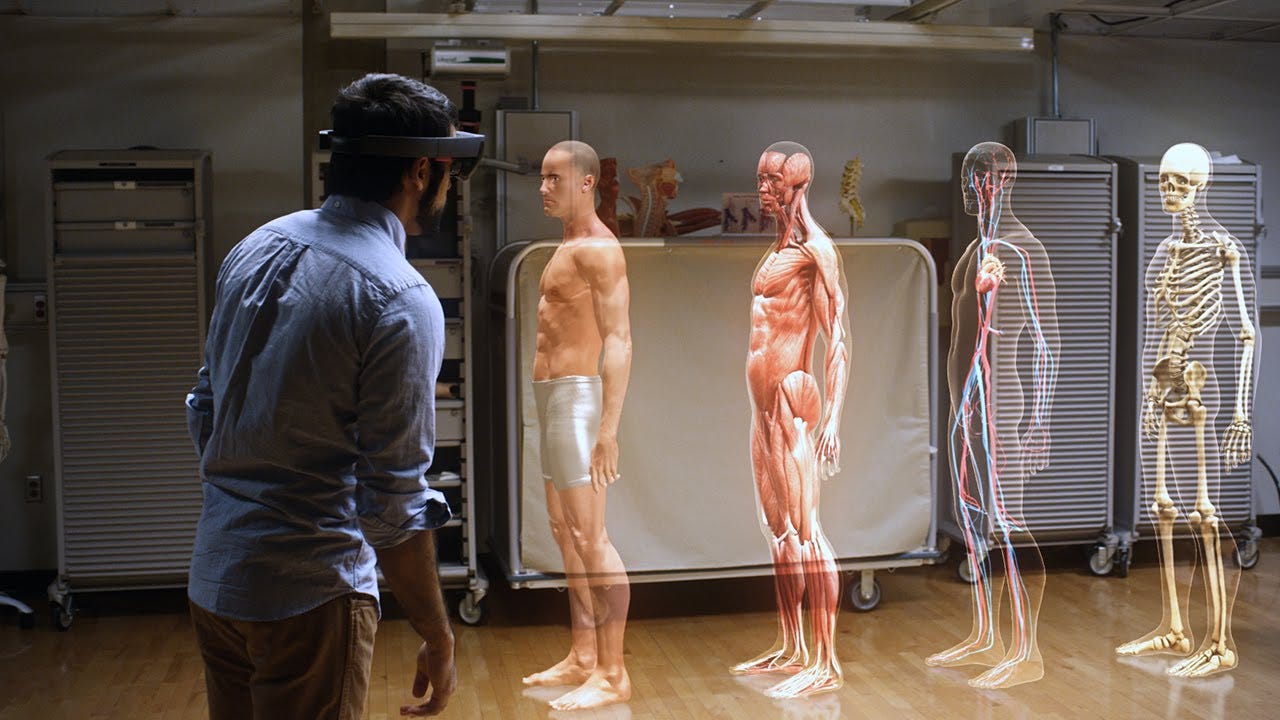 Actual picture is from a Case Western Reserve University application
Actual picture is from a Case Western Reserve University application
Other examples include MyLab (which I designed), a mixed-reality Chemistry app that gives students a holographic periodic table they can use to spawn and combine elements on the go, and Universe Sandbox, which allows you to navigate the Universe as you visit physically accurate star systems and also create your own.
MyLab introduced new ways to engage with Chemistry and was awarded the prize of Reality Mixer of The Year at the Windows Developer Awards
Mind you, this is just the start, and most of these projects are being built by a small number of people without any external funding at all. Now, with only the work associated with creating a small 3D game, we have the ability to take students anywhere and teach them about virtually anything from a completely different and fully participative perspective. And because the cost of creating these experiences is so low, we’re bound to see a number of innovations in design and interaction that introduce new ways to learn we haven’t even conceived of before, especially as creation tools becomes accessible to the point that anyone can bring the experiences they imagine to life.
In the long term, we’re looking at education being approached not as a series of bullet points, but as interactive worlds that students can navigate at their leisure, marking a huge design-shift for education as it proceeds to become more akin to entertainment than a passive obligation. Now, concepts can become characters, “exercises” and “exams” can be seamlessly embedded into worlds and storylines as activities, and students are free to literally explore and immerse themselves in the subjects they’re learning.
 Universe Sandbox provides beautiful opportunities for learning — and chaos
Universe Sandbox provides beautiful opportunities for learning — and chaos
Given the degree of creative opportunity and how immersive education plays with the human brain, I believe it’s reasonable to assume that immersive education will become the norm one day. A number of studies are being conducted today to assess the full effectiveness of this new approach, but the potential is here: immersive education can be visual, social, magical, interactive and emotionally engaging — all while it sticks to your brain like a fully-textured memory.
“The beauty of software is that once you get it right, the whole world can have access to it. You just have to copy it.”
And there’s more: the kind of data you can collect from Immersive Experiences is the stuff of dreams for personalizing education like never before.
A New Age Of Educational Analytics
The great thing about immersive media analytics is the amount of information you can derive from user data — because headsets are constantly being tracked, you can tell what users are looking at, when, for how long, what they’re interacting with and even what they’re choosing to ignore.
 Analytics platform from InstaVR highlighting which areas users look at the most throughout a VR experience.
Analytics platform from InstaVR highlighting which areas users look at the most throughout a VR experience.
The latest headsets coming out this year will include pupil tracking, which on its own will provide creators with another world of information. You may have heard that human pupils dilate on physical attraction: but it goes much further than that.
Pupils expansion betrays not only physical attraction, but also mental strain and emotional engagement. Princeton University psychologist Daniel Kahneman showed several decades ago that pupil size increases in proportion to the difficulty of a task at hand. Calculate nine times 13 and your pupils will dilate slightly. Try 29 times 13 and they will widen further and remain dilated until you reach the answer or stop trying. Kahneman says that he could divine when someone gave up on a multiplication problem simply by watching for pupil contraction during the experiment.
“Pupil dilation can also betray an individual’s decision before it is openly revealed,” concluded a 2010 study led by Wolfgang Einhäuser-Treyer, a neurophysicist at Philipps University Marburg in Germany. Participants were told to press a button at any point during a 10-second interval, and their pupil sizes correlated with the timing of their decisions. Dilation began about one second before they pressed the button and peaked one to two seconds after.
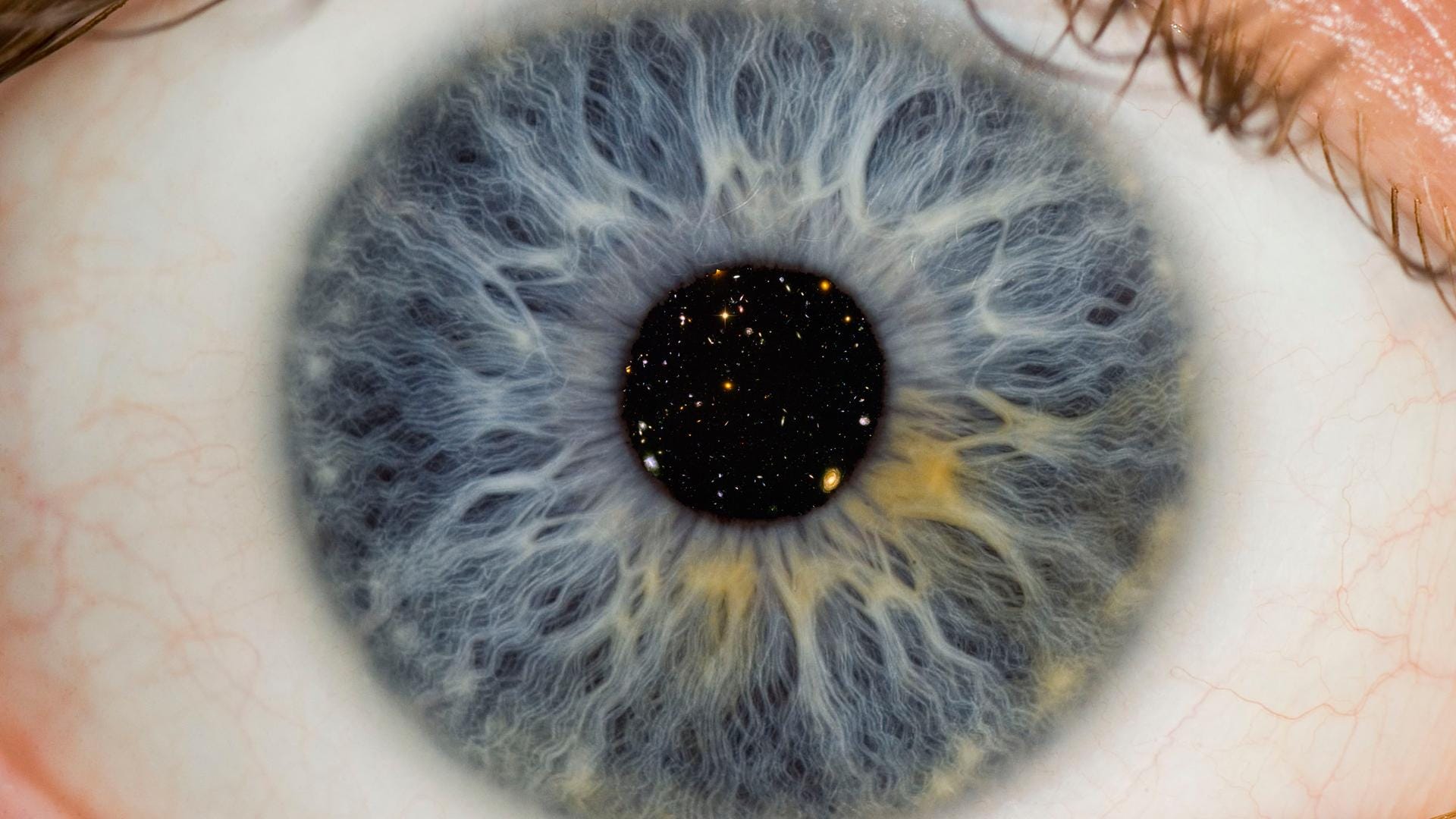 Pupils are accidental windows into many hidden inner workings of the brain
Pupils are accidental windows into many hidden inner workings of the brain
This is immensely powerful for education, and combining all these bits of data together with Artificial Intelligence will allow content creators to have highly-accurate psychological profiles of students at their fingertips that can be constantly updated in real time, even predicting their actions. This information is so accurate, in fact, that it could render exams obsolete — if you understand a student’s relationship to a subject to an unconscious degree, there’s nothing to test and there’s nothing to fake.
This can create the foundation for educational software that truly understands you as a student — and while there are several anxieties around the misuse of this data, in this article we’ll only talk about the possibilities and explore the potential issues in another piece. (follow me so you can read it once it comes out!)
All in all, this means that you can measure intellectual and emotional engagement in real time to adapt educational experiences on the go to, automatically resolving student difficulties as they appear and customizing the experience to maximize their interest. Ultimately, immersive education in conjunction with A.I. has the potential to supercharge education, creating truly unique interactive experiences that pave the road for fully automated personalized and mastery-based education.
But how far can A.I. go? Could there be a day where they become teachers?
Artificial Intelligence & The Perfect Teacher
 Something new is coming over the horizon
Something new is coming over the horizon
So far, we’ve taken the liberty of looking at how immersive education can redefine learning in the long term through a primarily experiential approach — we also discussed how data can be collected in those experiences to create truly individualized education, giving developers, teachers and creators unparalleled understanding of the student’s mind in real time.
Let’s extend our imaginations and bit further and imagine how other technologies may converge with immersive media in education — starting with AI.
Artificial Intelligence is one of the most important technologies in the contemporary world, with its influence grasping everything from the creation of medicine, financial market predictions, chatbots and art. It already touches all of our lives in ways we can’t even fathom, and much like the computers and internet we use on a day to day basis, we’re bound to get increasingly dependent on the power it gives us.
 Here is some trippy A.I. generated art to brighten your day
Here is some trippy A.I. generated art to brighten your day
A.I. is already changing the way we interact with our devices — Conversational User Interfaces are an increasingly popular way to control our devices through voice, and it’s not hard to see why. Widely present today in smartphones (Google Assistant, Siri, Cortana) as well as home devices (Amazon Echo, Google Home), it plays into one of the most intuitive ways for humans to get anything done: talking. And given that the technology only gets better every year with continuous advancements in text-to-speech, voice recognition and procedural conversation building, it’s only a matter of a few years before we start to have fully fledged conversations with the devices we own.
So what might happen when we start to combine that power with immersive education?
The beautiful thing about Immersive Media is that it can give physical presence to Artificial Intelligence assistants, chatbots and characters unlike anything we’ve ever been able to do. We’re already on the verge of being able to have conversations with these Artificial Intelligence bots as they stand, but using immersive technologies we will also allow them to have a body and an emotion-expressing face we see, interact and connect with.
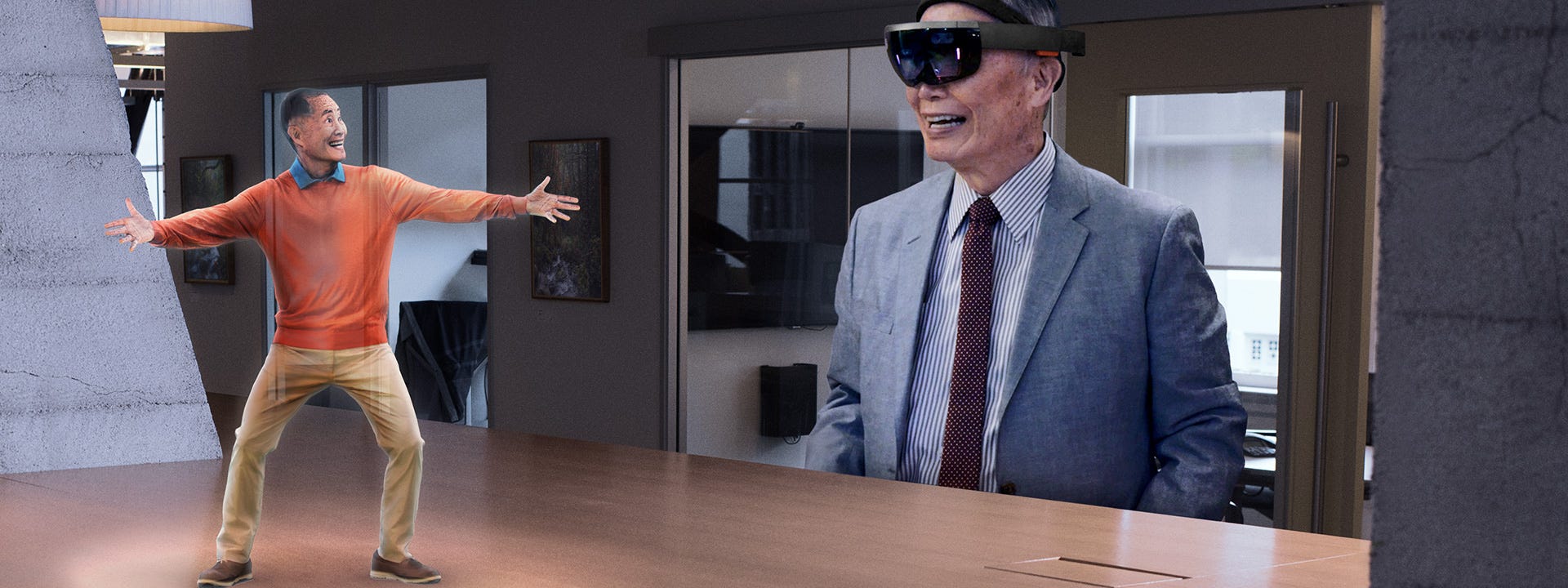 A.I. companions can look like anything — or anyone.
A.I. companions can look like anything — or anyone.
Suddenly, the possibility of having a nuanced relationship with your personal A.I. doesn’t seem out of the realm of possibility, and this is could also be a huge deal for education. As the years progress, Artificial Intelligence assistants are bound to understand us more deeply than we’re even capable of knowing ourselves — couple the previously mentioned understanding of a students’ intellect and emotions with the imminent democratization of A.I. and the door is open to completely functional A.I. teachers that know exactly how to deliver information to you.
“A.I. has been learning about us for the longest time — now it’s only a matter of time before it starts teaching us.”
While the concept might seem preposterous for some, it is a real possibility. A quick reflection on how the teacher-student relationship goes shows a very predictable pattern —a teacher performs a lecture, gauges the reaction of students and occasionally diverts from their script to address a question or do an activity before returning to the lecture. Of course, not all classes function in this manner, but the majority of them do, and working on such a predictable framework is not something A.I. will have any trouble doing convincingly as a starting point. Ideally (as the tech improves and issues continue to become more software bound, making them easier to manage) we would find new ways to expand the teacher-student relationship that are less hierarchical and more engaging.
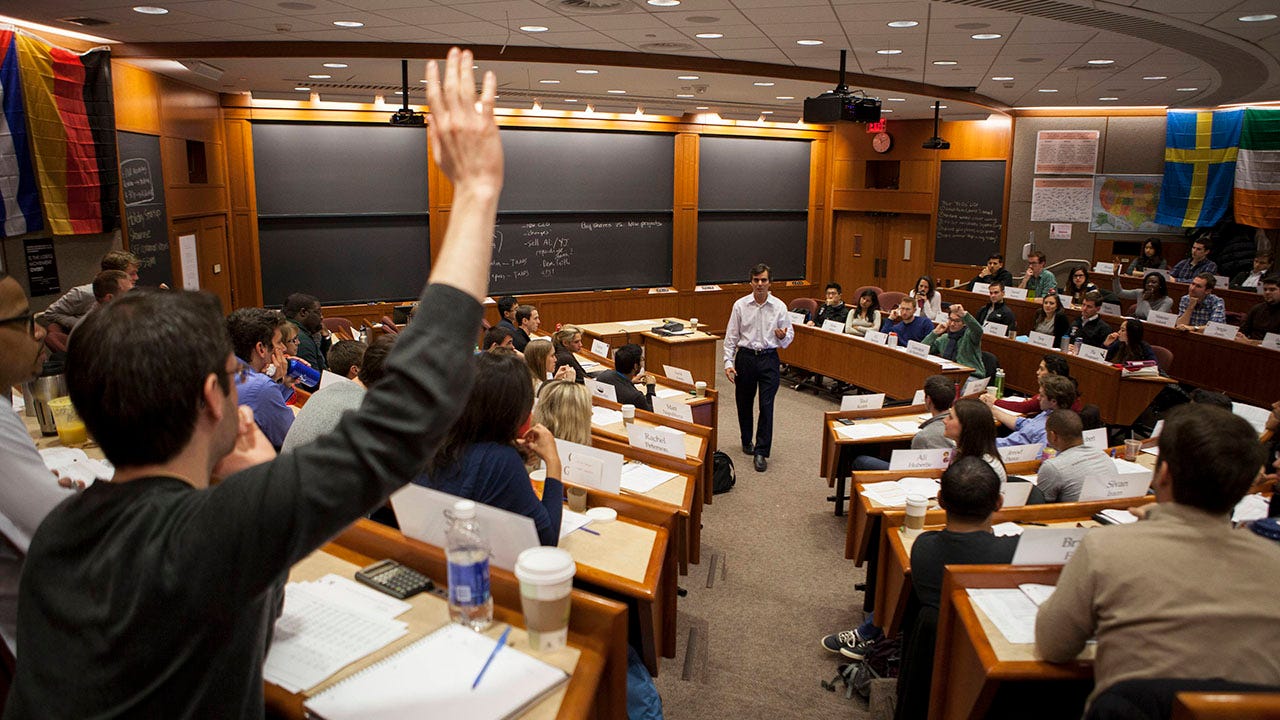 The UX behind the teacher-student relationship is predictable — and questionable
The UX behind the teacher-student relationship is predictable — and questionable
Be mindful that A.I. teachers do not have to look like any one thing in particular — in immersive mediums, artificial intelligence can be characterized in any way given the teaching context. You can be taught by a Dragon, Marie Curie, Neil DeGrasse Tyson or William Shakespeare himself - there’s no theoretical limit over what form or shape A.I. instructors can take for the sake of a lesson — all while creating procedurally generated interactive lectures based on your personal psychological profile.
In the long run, I feel that to truly live up to the dream of individualized education, there’s no other way to achieve it than through A.I. instructors (until we’re able to simply download information into our brain). Their digital presence and limitless access to information can give them abilities and understanding of subjects and students teachers could only dream of.
A.I. has been learning about us for the longest time— now it’s only a matter of time before it starts teaching us.
The Fluid Classroom
It is possible that throughout this entire article you’ve been thinking about these immersive educational experiences as solitary — this could not be further from the truth. Immersive Education is only a single-user experience if educators decide to make it so. The aforementioned convergence of big-data and immersive education can be combined to give the classroom new ever-changing forms.
 Multiplayer apps like AltSpace show new ways to connect and physically interact with people around the globe
Multiplayer apps like AltSpace show new ways to connect and physically interact with people around the globe
Multi-user educational experiences can be built in such a way that they connect students from vastly different locations in the globe, seamlessly pairing individuals with similar levels of experience, interest and sometimes even completely opposite skillsets to encourage collaboration around a particular problem. When you start looking at the classroom not as a physical room, but as an abstract place where collaborative learning exists, it can take any form at any given point time — and it won’t be lacking in human connections either. Remember that immersive technology will evolve until the point that the digital connections you see will be completely indistinguishable from the real world.
“The key is to imagine the classroom not as a physical place, but as an abstract location where collaborative learning exists that can take on any form”
This is important for a variety of reasons — we don’t want education to be isolationist and we want students to be exposed to a variety of contexts and cultures — but this could also become a huge cost-saving measure. Schools are expensive to upkeep and take a lot of physical space. As the digital revolution reaches new heights, it is possible that all the costs we face today associated with real estate, human labor and logistics slowly shift into the digital realm, where everything is cheap, all materials cost the same, knowledge is abundant and all students can be universally and continuously connected in improved educational systems, saving hundreds of billions of dollars.
 In the digital realm, gold, diamond, coal, wood and rubidium all cost the exact same thing — zero.
In the digital realm, gold, diamond, coal, wood and rubidium all cost the exact same thing — zero.
The classroom doesn’t even have to be tethered to any single digital experience — it can blend in seamlessly into our world, constantly present around you in unpredictable ways. Are you walking down the streets surrounding Bastille in Paris? Why not take a break and start a lesson about the Storming of Bastille on the spot as it transforms your environment, getting you 15 minutes off your year-long History quota?
These new ways to learn may sound fantastical, but are all achievable through smart integration of technology, design and imagination. The one certainty about the future ahead is that it’ll rock the present to its very core — and given the way that immersive technologies and artificial intelligence are going, it seems like we will have the opportunity to turn education into anything we can think of.
So given the option — what would you turn it into?
No comments:
Post a Comment